This is an image of Mariner 10 on its mission to Mercury.
Click on image for full size
Courtesy of NASA
Mariner 10 Mission to Mercury
The Mariner 10 mission (USA) to Mercury was launched on November 3, 1973 and
arrived at Mercury on March 29, 1974. The spacecraft made three
separate passes by the planet, and obtained about 10,000 images which
covered about 57% of the planet surface. The spacecraft is currently
still orbiting the Sun, but is no longer sending data because it
used up its gas supply (used to adjust the spacecraft's position).
You might also be interested in:

What types of instructional experiences help K-8 students learn science with understanding? What do science educators teachers, teacher leaders, science specialists, professional development staff, curriculum designers, school administrators need to know to create and support such experiences?
...more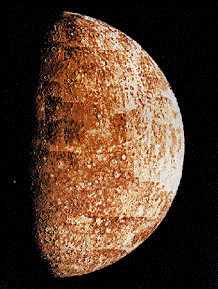
Mercury, like the other planets, is believed to have formed in the earliest stage of the evolution of the solar system as dust came together to form even larger clumps and eventually small planets or
...more
Mercury, the innermost planet of the solar system, is a little bigger than the Earth's Moon. The surface of the planet is covered with craters, like the Moon, but temperatures there can reach over 80
...more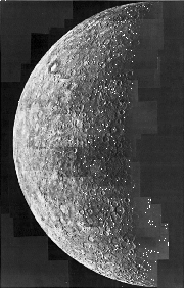
A wide variety of craters ranging in size from 100 meters to 1300 km across can be seen in the Mariner 10 images of Mercury's surface. These include: (1) craters in young terrain, (2) double craters,
...more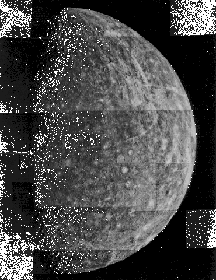
Images of the surface of Mercury obtained by Mariner 10 showed a planet covered with craters, looking very much like the Earth's Moon. During its three passes by the planet, Mariner 10 took pictures of
...more
Mercury's orbit is so close to the Sun that it is hard to see from the ground. This is why early astronomers couldn't see it! Viewed from Earth, Mercury is never far from the Sun in the sky. Because of
...more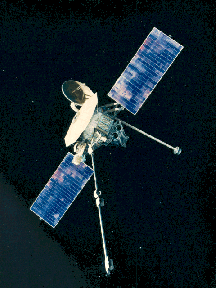
The Mariner 10 mission (USA) to Mercury was launched on November 3, 1973 and arrived at Mercury on March 29, 1974. The spacecraft made three separate passes by the planet, and obtained about 10,000 images
...more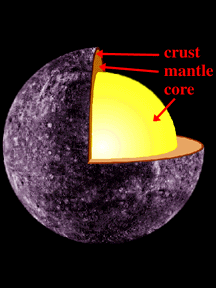
Mercury has a radius of 2439 km (1524 mi), and the metallic iron-nickel core is believed to make up about 75% of this distance. Measurements of the planet's magnetic field made by Mariner 10 as it flew
...more












